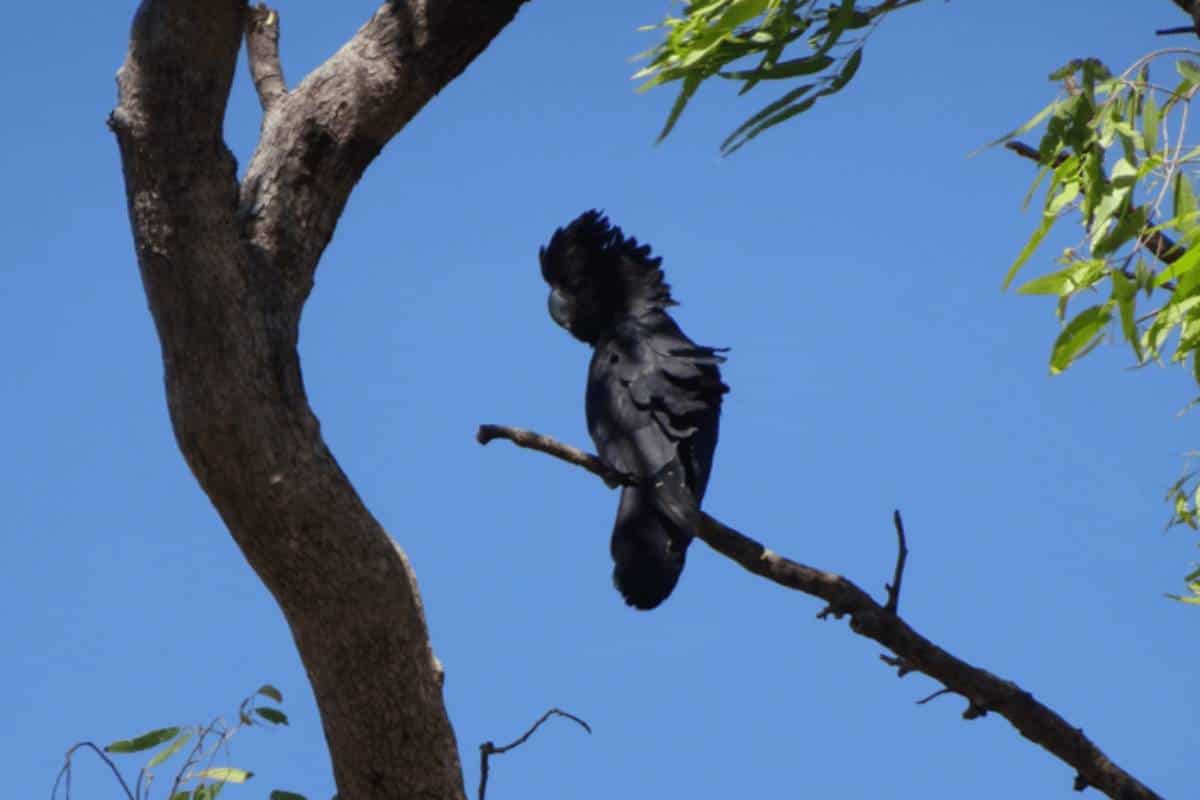Getting to Know the Diverse Cockatoos of the World
Introduction
Cockatoos are instantly recognizable parrots native to Australasia including Australia, New Guinea and Indonesia. With over 20 species, this guide explores key cockatoo habitats, diets, breeding behaviors, group sizes, and conservation status in an easy-to-read table format. Discover what makes these iconic white birds special, from the massive palm cockatoo to the diminutive cockatiel.
Cockatoo Species Habitats, Diets & Behaviors Table
| Species Name | Photo | Length | Habitat Region | Diet | Breeding/Mates | Typical Group Size | Conservation Status | Fund/ Orgainsation |
|---|---|---|---|---|---|---|---|---|
| Black Cockatoo |  | |||||||
| Palm Cockatoo | 50-60 cm | New Guinea rainforests | Nuts Seeds Fruits Insects | Tree hollow nests Monogamous lifelong pairs | Small flocks of 3-10 birds | Near threatened | ||
- Species Name: Palm Cockatoo
- Photo
- Habitat Region:
- Diet:
- Nuts
- Seeds
- Fruits
- Insects
- Breeding/Mates:
- Tree hollow nests
- Monogamous lifelong pairs
- Typical Group Size:
- Small flocks of 3-10 birds
- Conservation Status:
- Near threatened
Red-tailed Black Cockatoo
- Species Name: Red-tailed Black Cockatoo
- Photo
- Length: 50-60 cm
- Habitat Region:
- Eucalypt forests of inland Australia
- Diet:
- Seeds
- Fruits
- Insects
- Breeding/Mates:
- Tree hollow nests
- Monogamous lifelong pairs
- Typical Group Size:
- Flocks of 30-40 birds
- Conservation Status:
- Vulnerable
Glossy Black Cockatoo
- Species Name: Glossy Black Cockatoo
- Photo
- Length: 33-36 cm
- Habitat Region:
- Open eucalypt woodlands of SE Australia
- Diet:
- Casuarina & she-oak seeds
- Insects like grubs
- Breeding/Mates:
- Tree hollow nests
- Monogamous lifelong pairs
- Typical Group Size:
- Pairs or small groups <10
- Conservation Status:
- Vulnerable
Yellow-tailed Black Cockatoo
- Species Name: Yellow-tailed Black Cockatoo
- Photo
- Length: 45-50 cm
- Habitat Region:
- Open eucalypt forests of Australia
- Diet:
- Seeds, nuts, fruits
- Some insects
- Breeding/Mates:
- Tree hollow nests
- Monogamous lifelong pairs
- Typical Group Size:
- Large flocks up to 500
- Conservation Status:
- Endangered
Major Mitchell’s Cockatoo
- Species Name: Major Mitchell’s Cockatoo
- Photo
- Length: 35-40 cm
- Habitat Region:
- Arid grasslands of Australia
- Diet:
- Seeds, nuts, fruits
- Some insects
- Breeding/Mates:
- Tree hollow nests
- Monogamous lifelong pairs
- Typical Group Size:
- Small groups <20 birds
- Conservation Status:
- Least concern
Sulphur-Crested Cockatoo
- Species Name: Sulphur-Crested Cockatoo
- Photo
- Length: 45-55 cm
- Habitat Region:
- Forests, woodlands, brush of Australia & New Guinea
- Diet:
- Seeds, nuts, fruits, veggies
- Breeding/Mates:
- Tree hollow nests
- Monogamous lifelong pairs
- Typical Group Size:
- Large noisy flocks 100+
- Conservation Status:
- Least concern
Conclusion
This overview highlights the impressive diversity found across cockatoos inhabiting Australia, New Guinea and Indonesia. From tiny cockatiels to giant palm cockatoos, these parrots have adapted to an incredible range of habitats while sharing common bonds like lifelong pairings and communal flocking behaviors. Sadly habitat loss threatens many species, especially large black cockatoos. Supporting conservation initiatives can help ensure future generations experience these iconic birds in the wild. Let us know if you have a favorite cockatoo or want to learn about a species not covered here!